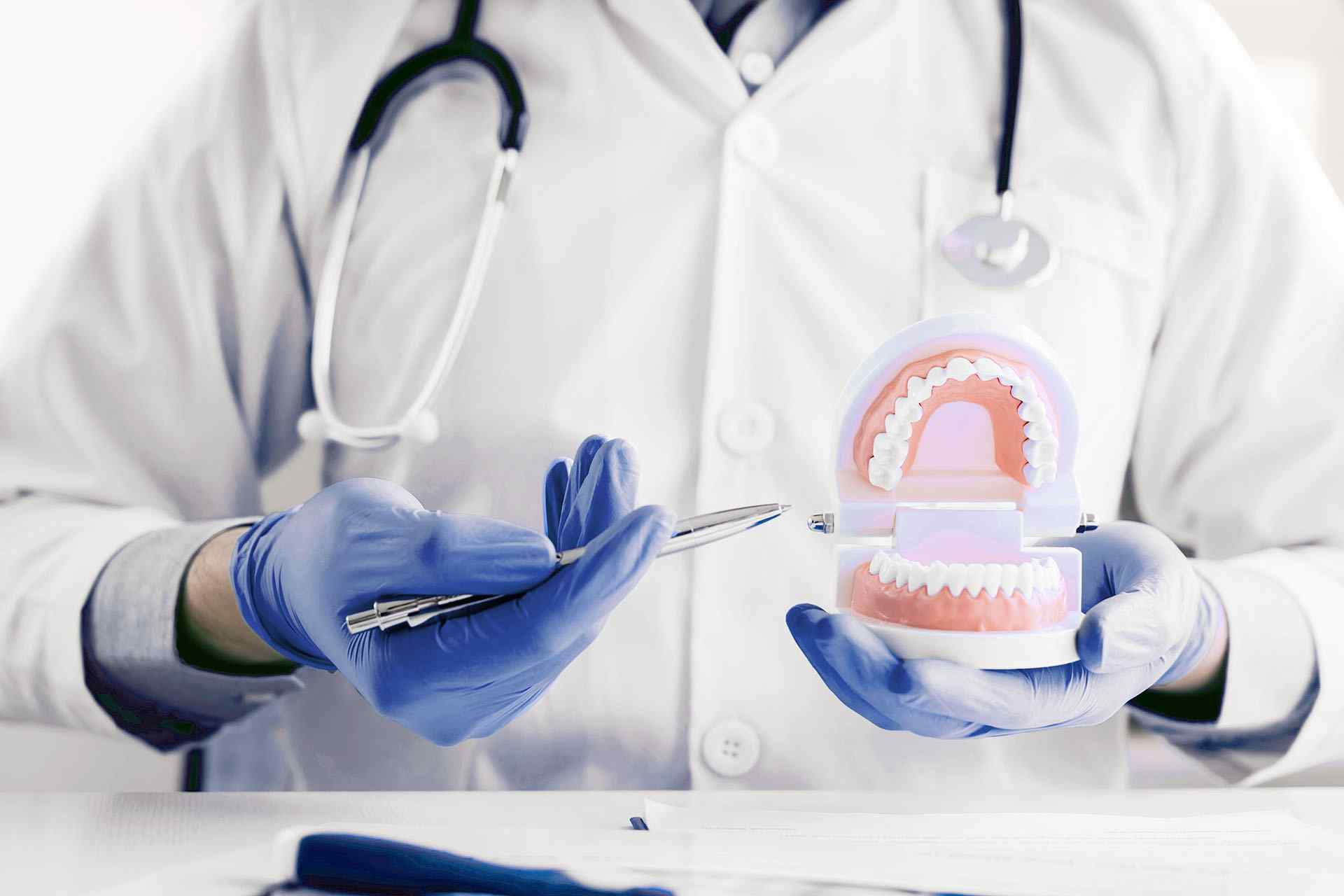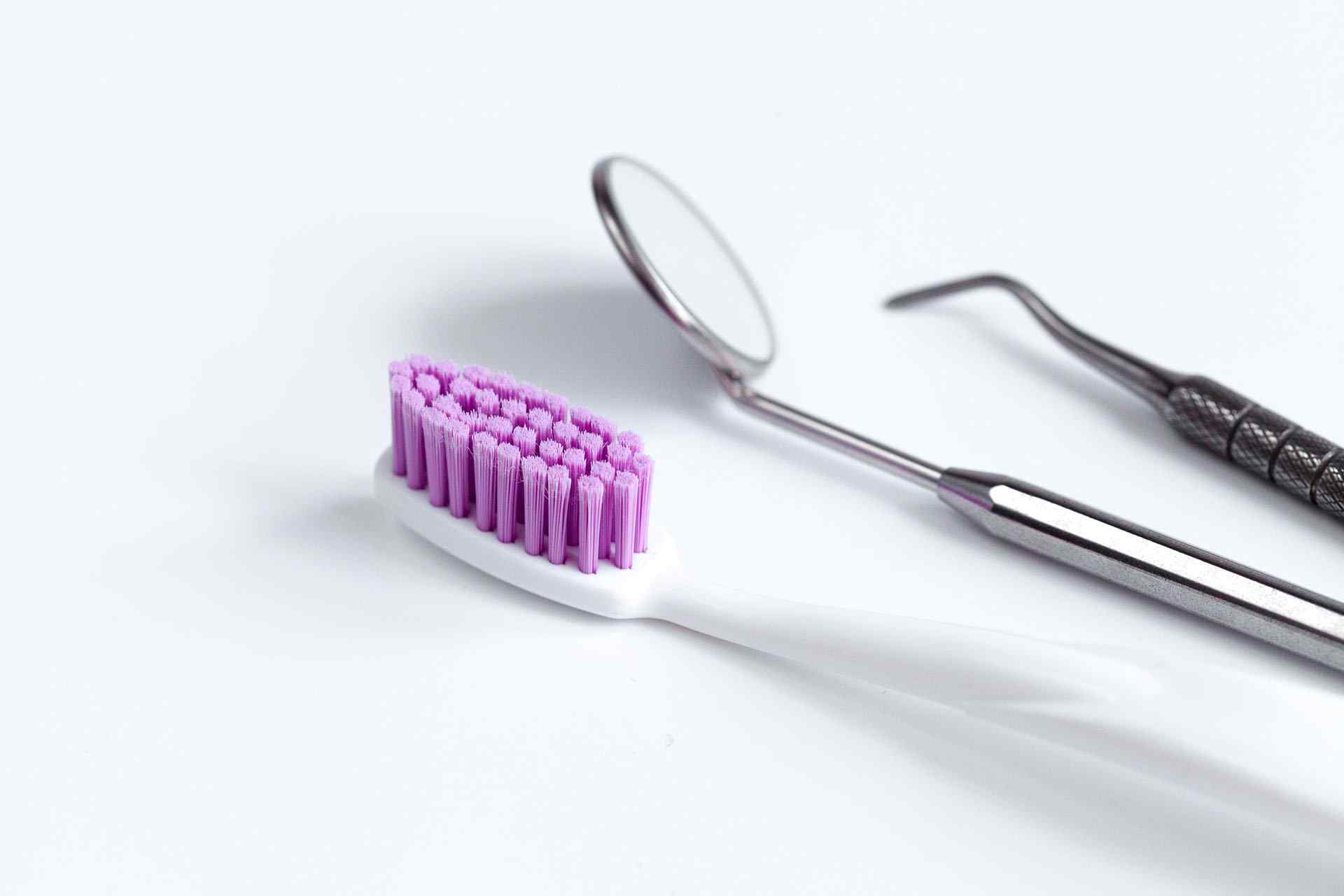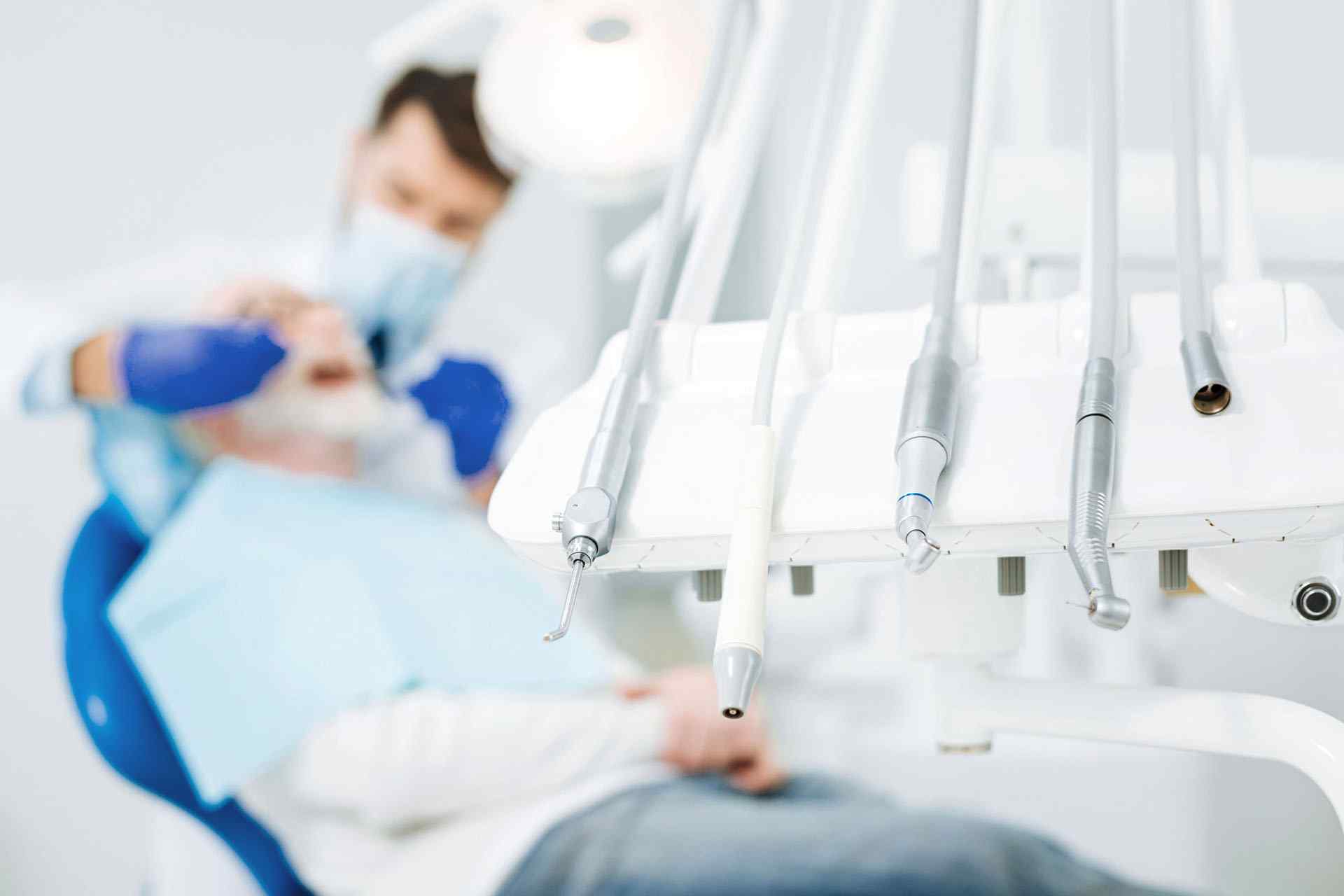
A dental bridge replaces one or more missing or broken teeth with fake teeth. Bridges use one or more real teeth on either side of the gap to hold the fake teeth in place.
Glossitis is typically characterized by an inflammation of the tongue. It can also cause changes in the tongue's texture and color.
A tooth infection, or an abscessed tooth, generally occurs as a result of tooth decay and poor oral hygiene. However, it can also develop due to previous dental work or traumatic injury.
When a person has a cavity in their tooth, a dentist will probably recommend a filling. Fillings are safe and effective, but some people might experience discomfort or tooth sensitivity afterward.
The soft palate is the muscular part at the back of the roof of the mouth. It sits behind the hard palate, which is the bony part of the roof of the mouth. The palates play important roles in swallowing, breathing, and speech.
Fluoride is a naturally occurring mineral that helps build strong teeth and prevent cavities. For more than 70 years, most of the tap water in America has contained small amounts of fluoride to reduce tooth decay.
Braces are a type of orthodontic treatment that orthodontists use to help correct overcrowded or crooked teeth. Braces can also help correct an overbite. People who are getting braces soon or are considering them may wonder whether they hurt.

Gingivitis means inflammation of the gums, or gingiva. It commonly occurs because a film of plaque, or bacteria, accumulates on the teeth. This is more serious and can eventually lead to loss of teeth.











